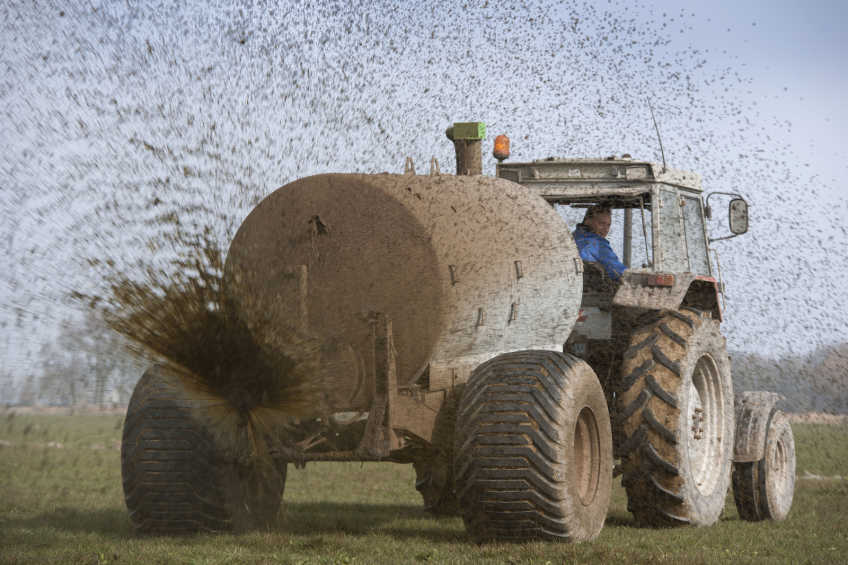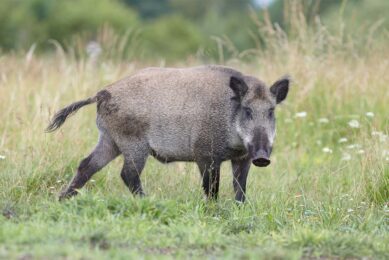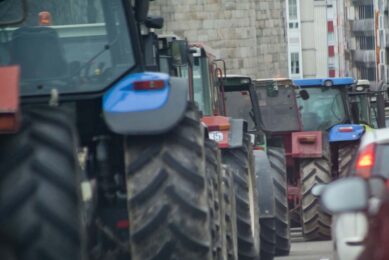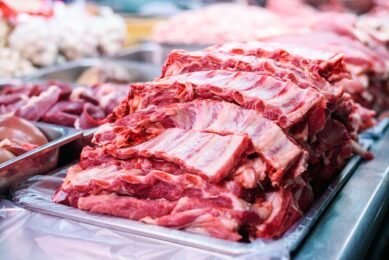New method for quantifying pig methane emissions

Danish researchers have proposed a novel method that could help quantify methane emissions and degradation processes associated with manure management.
A news article by Aarhus University describes how the desire to quantify methane emissions from livestock manure has become a pressing one in the European Union, since the European Commission requires its member states to drastically reduce emissions of greenhouse gases from agriculture. Reduction, however, can only be proven when it is possible to measure emission levels, before and after.
The novel method was published recently in the journal PloS ONE.
Challenges with emission levels
The specific challenge with emission levels is that mainly liquid manure (slurry) is collected in pits under animal confinements for up to a month before exported to an outside storage tank, or for treatment. During this period degradation of manure organic matter begins and may lead to emissions of both methane (CH4) and carbon dioxide (CO2).
Animals in pig and cattle houses, however, are also a source of both gases, and in practice emissions from livestock and their manure cannot be separated. As a result, the total emission of methane from manure in pits and outside storage tanks, and the degradation of manure organic matter, cannot be verified.
Laboratory measurements of methane production
The news article describes that the new method proposed is based on laboratory measurements of methane production in liquid manure samples collected on farms. A simple model is used to calculate daily emissions. This model can then be used to evaluate effects of changes in management or treatment of the manure, for example biogas treatment.
Methane is, after carbon dioxide, the most important source of greenhouse gases from agriculture, and the most important on-farm source. Here the largest single source is animal digestion, especially in ruminants such as cattle, whereas on pig farms manure is the main source.
Residence time of methane
Since the residence time of methane in the atmosphere is short compared to other greenhouse gases, a reduction of methane will be particularly effective in the short term at reducing climate forcing. Moreover, methods to reduce methane emissions from manure are already available (biogas treatment, slurry acidification). For these reasons methane emissions from livestock manure is an obvious target for greenhouse gas mitigation.
Degradation of manure organic matter leads to emissions of methane, but even larger emissions of carbon dioxide. Both methane and carbon dioxide contain carbon from manure organic matter that is degraded. This loss of organic carbon is critical for the biogas potential of manure which is directly related to the degradable organic matter left in the manure. For example, a shorter collection period would likely increase biogas production while at the same time reducing methane emissions, but currently these effects cannot be documented.
Emission of carbon dioxide
The article discusses this synergy and concludes that a new method must also be able to quantify the emission of carbon dioxide, in order to estimate the loss of degradable organic matter from slurry pits. Plans to further develop the method have been described in a new research proposal in collaboration with research institutions in Germany, the Netherlands, Great Britain and Sweden, and a Swedish company.
The article, Estimation of methane emissons from slurry pits below pig and cattle confinements was authored by Søren O. Petersen, Anne B. Olsen and Lars Elsgaard, Aarhus University, Foulum, Denmark; and Jin Mi Triolo and Sven G. Sommer, University of Southern Denmark, Odense, Denmark.
 Beheer
Beheer








 WP Admin
WP Admin  Bewerk bericht
Bewerk bericht